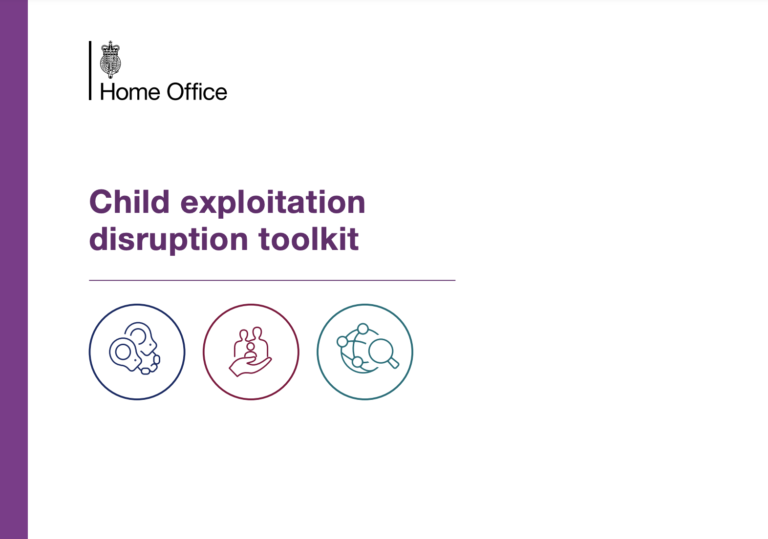This toolkit has been developed to support frontline practitioners to safeguard children and young people under the age of 18 from sexual and criminal exploitation. This includes social workers, police officers, housing officers, education staff, healthcare staff, charity staff, and others.
It is vital that people working in frontline roles effectively identify exploitation of children and work together proactively with other agencies to disrupt offending and safeguard victims.
This can only be achieved by effective joined-up working and consistent, proactive, sharing of information held by different services.
Criminal investigation and prosecution of perpetrators should always be pursued alongside actions to support safeguarding of children and young people exposed to this kind of harm. The use of disruption tactics, including legislative tools such as civil orders and injunctions, are an essential part of the safeguarding process and can also support future prosecutions.

